As the art world celebrates the 250th anniversary of Caspar David Friedrich’s birth, the master of landscape painting and luminary of German Romanticism takes center stage across Germany, where three significant exhibitions pay tribute to his profound impact on the artistic narrative.
Despite his near-forgotten and impoverished status upon his passing in 1840, Friedrich’s resurgence over 184 years later stands as a testament to the enduring intensity of his vision. Hamburg’s Kunsthalle, Berlin’s Alte Nationalgalerie, and Dresden’s Albertinum and Kupferstich-Kabinett are set to host exhibitions, highlighting Friedrich’s haunting portrayal of humanity’s communion with nature.
Notably, Hamburg’s showcase, featuring the iconic Wanderer Above the Sea of Fog (1817), emphasizes Friedrich’s unique perspective on the interplay between humanity and the natural world. Berlin’s exhibition, titled “Caspar David Friedrich: Infinite Landscapes,” revisits the pivotal role played by the Nationalgalerie in resurrecting Friedrich’s artistic legacy during the early 20th century. Friedrich’s ties with Berlin, where his landscapes captured the attention and admiration of even royalty, underscore the city’s significant influence on his acclaim.
Dresden will be holding an exhibition at two venues – the Albertinum and the Kupferstich-Kabinett – and run from August 24th, 2024 through January 5th, 2025. The exhibition and its accompanying events will highlight connections with other locales in the city and region, offering various artistic and scientific viewpoints on the artist and his oeuvre.
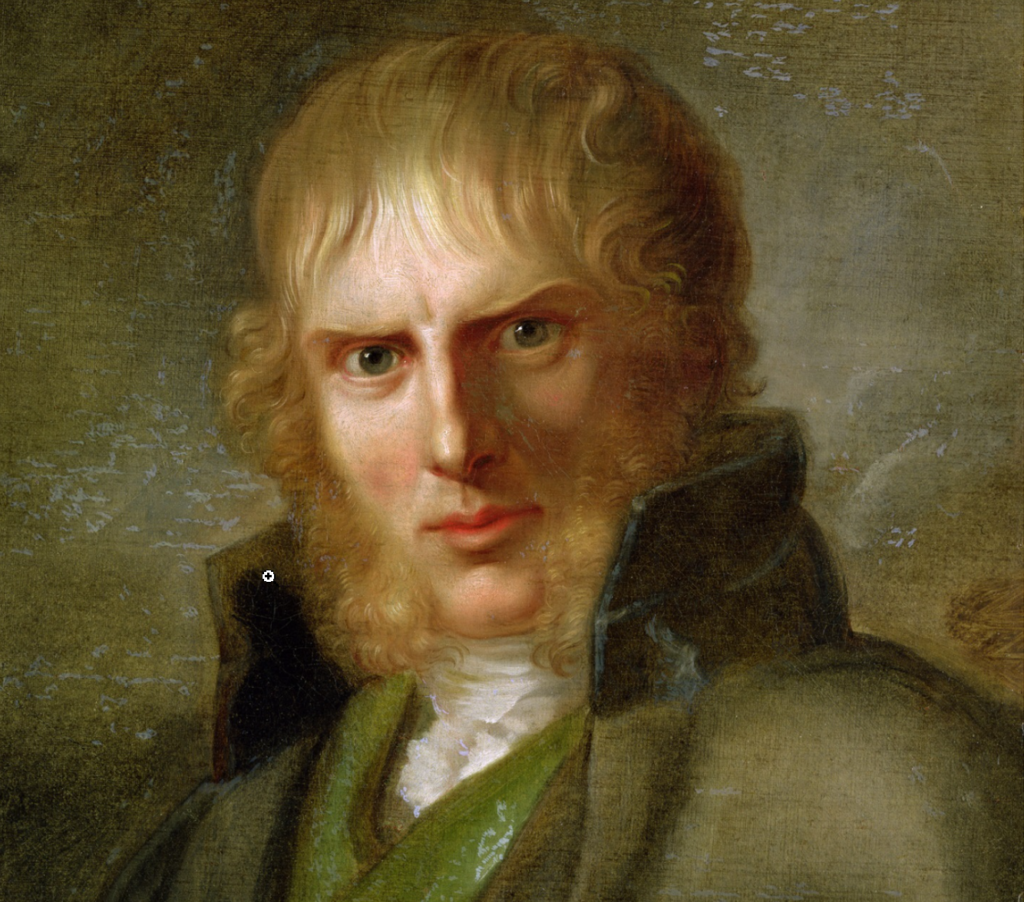
The Young Heart of Romanticism: Early Years and Artistic Beginnings
Friedrich was born on September 5, 1774, in Greifswald, which was a part of Swedish Pomerania at that time and remains a town in northeastern Germany today, situated on the Baltic Sea coast. He was the sixth of 10 children. Tragically, Friedrich lost his mother in 1781 when he was only seven years old. However, that wouldn’t be the only traumatic loss that he would experience in his young life. A short year later, Friedrich’s sister would also die and only a few years later, he would witness his younger brother drown. And in 1791, he lost another sibling to Typhus. These experiences would profoundly impact Friedrich, influencing his life and artistic expression.
Young Friedrich would turn to art for solace, setting his sights on the University of Greifswald and later the Copenhagen Academy – an unconventional trajectory given the rarity of a formal education in the arts during that era. Training in painting and drawing helped Friedrich refine his skills, but his style and techniques were further shaped by his exposure to different landscapes and interactions with various artists in Dresden and fellow artists he met during his travels across Europe.
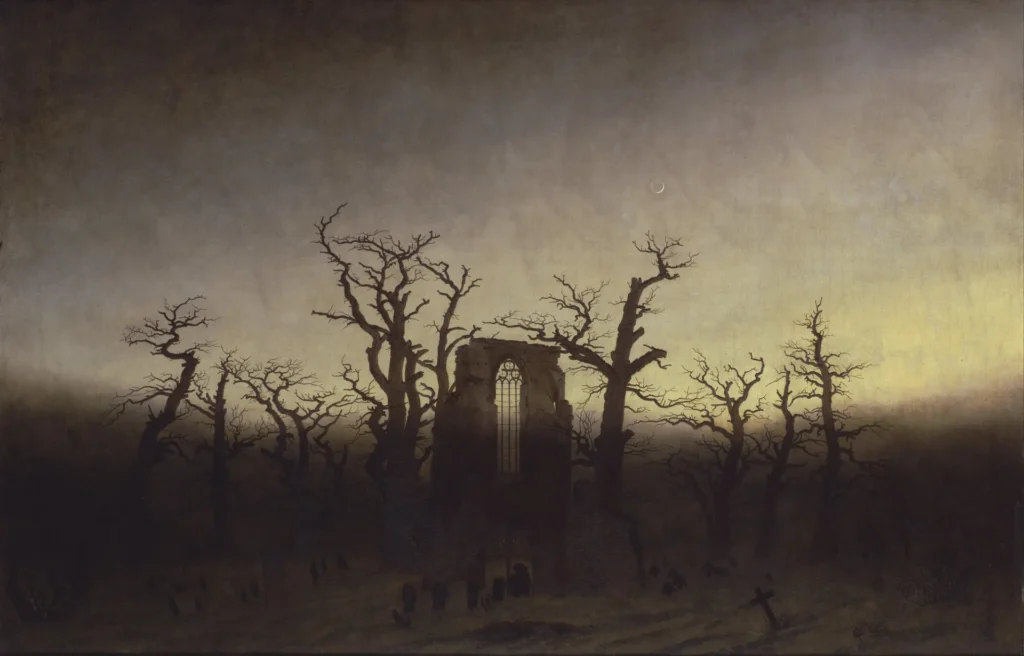
Nature as Friedrich’s Muse and Endless Source of Inspiration
Friedrich’s paintings weren’t simply scenes captured on canvas; they were invitations into a world where nature spoke in whispers and emotions reverberated through every brushstroke that danced between light and shadow.
Friedrich’s technical prowess was just the beginning, the artist held the ability to infuse his work with an intangible essence – a certain spirituality that stirred the soul and pursued contemplation. Using his art as a tool for storytelling, Friedrich’s canvases demonstrated an emotional depth that pushed beyond vision. Each tree, every rock, and every stretch of land weren’t mere characters but were the visual representations of emotions in the epic he was narrating.
In the iconic Wanderer Above the Sea of Fog (1818), the sea of mist-covered mountains is emblematic of contemplation and the insignificance of humanity in comparison to the vastness of nature. In The Sea of Ice (1823-1824), the desolate, frozen landscape with a ship trapped in ice is a haunting representation of man’s battles and helplessness against the overwhelming power of nature. In Abbey in the Oakwood (1809-1810), an eerie and desolate landscape reminds us of the harsh realities of mortality and the inevitable passing of time.
Friedrich’s The Cross in the Mountains (1808), while not inherently controversial, raised eyebrows for its unconventional religious depiction of a cross, which he placed in a natural setting rather than in a traditional religious scene with figures or a clear narrative. Many felt that the painting’s emphasis on the landscape took away from the sacred cross and Friedrich’s deliberate ambiguity was seen as “sacrilege” by his critics.
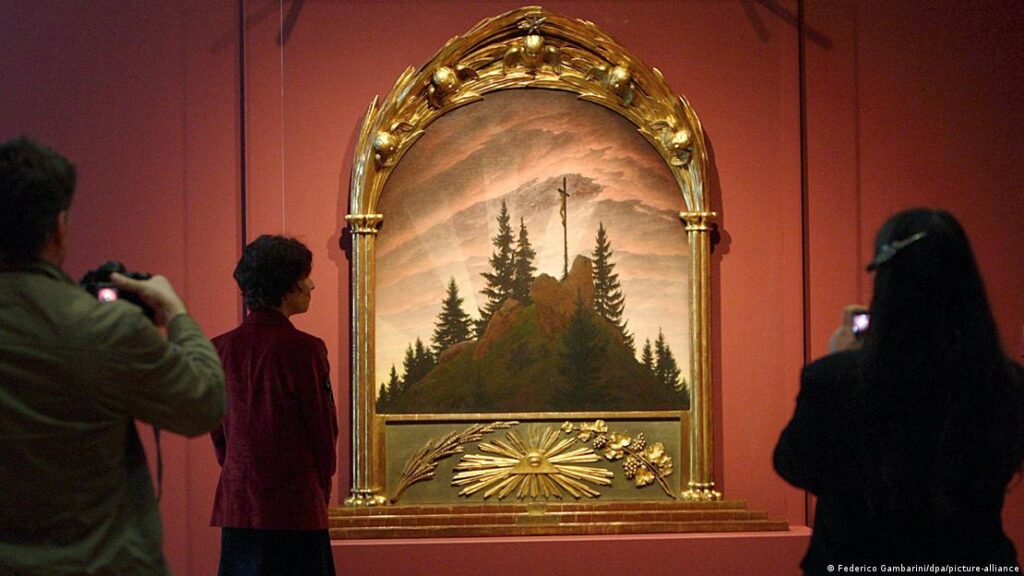
Contours of Controversy and the Enigmatic Persona
While Friedrich wasn’t necessarily controversial, he did challenge some artistic conventions and societal norms that piqued curiosity. In some circles, his innovative use of light, perspective, and composition may have been considered radical. But what gained the attention of the art world and his contemporaries was how he wielded landscapes for their emotional impact rather than using them as historical or religious narratives, which was the prevalent trend of his era. And some viewers found his paintings unsettling – especially those not prepared to face intense themes of isolation and mortality.
Friedrich’s art often carried an air of mystique because of his extensive use of symbolism and allegory. Though serene and beautiful, his landscapes have a sense of the sublime – mysterious atmospheres that create a feeling of foreboding. Friedrich often emphasized solitude, evoking a sense of isolation through desolate landscapes. Through ambiguous narratives that lacked clear storylines, Friedrich empowered personal experiences and emotions to influence interpretations – fueling more complexity and mystery.
Figures like the crown prince, later Frederick William IV, were passionate about Friedrich’s works, leading to their dissemination beyond German borders, notably to Russia. However, Friedrich’s path from obscurity to adoration wasn’t without challenges. His alignment with the German Romantic movement attracted critical analysis, while his stoic and withdrawn demeanor categorized him as an enigmatic figure.
Post-World War II, his reputation suffered due to associations with the Nazis, hindering appreciation from scholars and reputable institutions. However, Friedrich’s association with the Nazis stemmed more from the selective use of his art to romanticize Germany rather than any direct alignment with their ideology, which led to misinterpretation over the years. Friedrich’s paintings resonated with Nazi leaders due to their emphasis on themes like spiritual contemplation and heroism. The Nazi era, which began in 1933 when Hitler became Chancellor of Germany, was nine decades after Friedrich’s death. During this time, Friedrich’s work was often appropriated and showcased as emblematic of Nazi ideals. Because Friedrichs paintings were rich with German landscapes, they were utilized in Nazi propaganda to evoke a sense of national identity and promote their vision of an idealized Germany. Unfortunately, the misappropriation of his art has led to a lingering shadow and association with the Nazis, despite having no alignment with Nazi ideology.
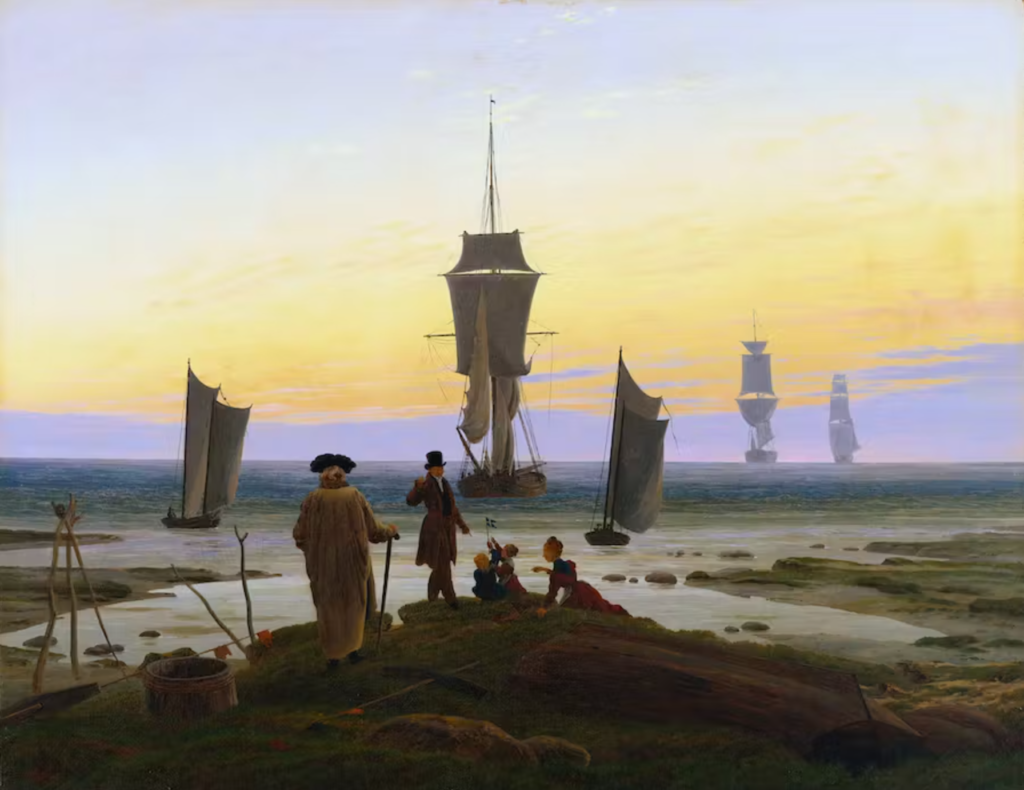
Enduring Influence and Artistic Resurgence Amidst Adversity
By the time Friedrich died in 1840, he’d already been battling a long-term illness that had significantly weakened his health. Throughout his artistic journey, he experienced his career wax and wane.
In 1972, there was a significant showcase of Friedrich’s work, which also commemorated the 200th anniversary of his birth. The exhibition was held in Dresden, Germany, where the artist had lived and worked for most of his career. This influential exhibit helped shift perception, reigniting interest in his work and bringing him back into the spotlight for all the right reasons. Today, Friedrich is considered one of the most highly influential painters of all time, particularly within the realms of Romanticism and landscape painting.
As the art world celebrates Friedrich’s milestone year this 2024 through three significant exhibitions, audiences are granted the opportunity to rediscover the artist’s ability to poetically harmonize the human experience through landscapes and passionately blend subjectivity with precise attention to detail. Viewers are invited to contemplate the eternal interplay between humanity and nature as exquisitely demonstrated through thoughtful brushwork and profound artistic vision that has reverberated through centuries.
“If he sees nothing within, then he should stop painting what is in front of him.”

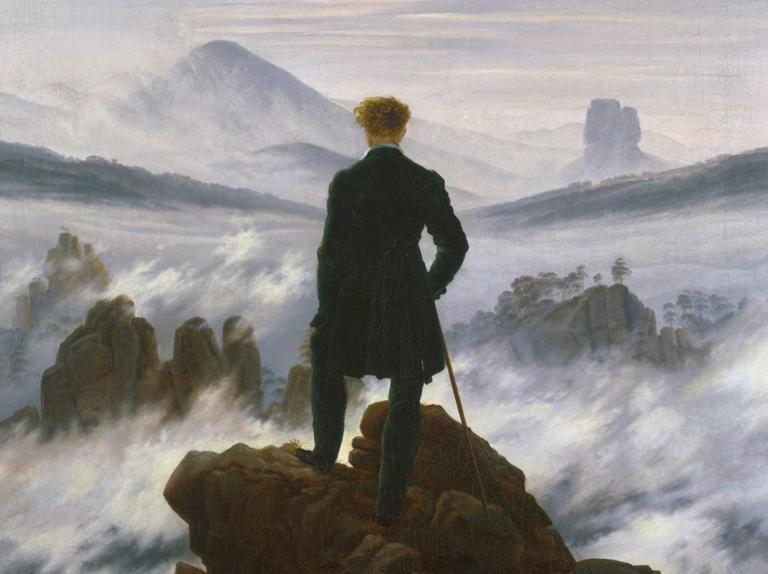

![[Left] Kusama with her piece Dots Obsession, 2012, via AWARE, [Right] Yayoi Kusama (Courtesy Whitney Museum of American Art) | Source: thecollector.com](https://www.artdex.com/wp-content/uploads/2024/04/Left-Kusama-with-her-piece-Dots-Obsession-2012-via-AWARE-Right-Yayoi-Kusama-Courtesy-Whitney-Museum-of-American-Art-Source-thecollector.com--300x172.png)



